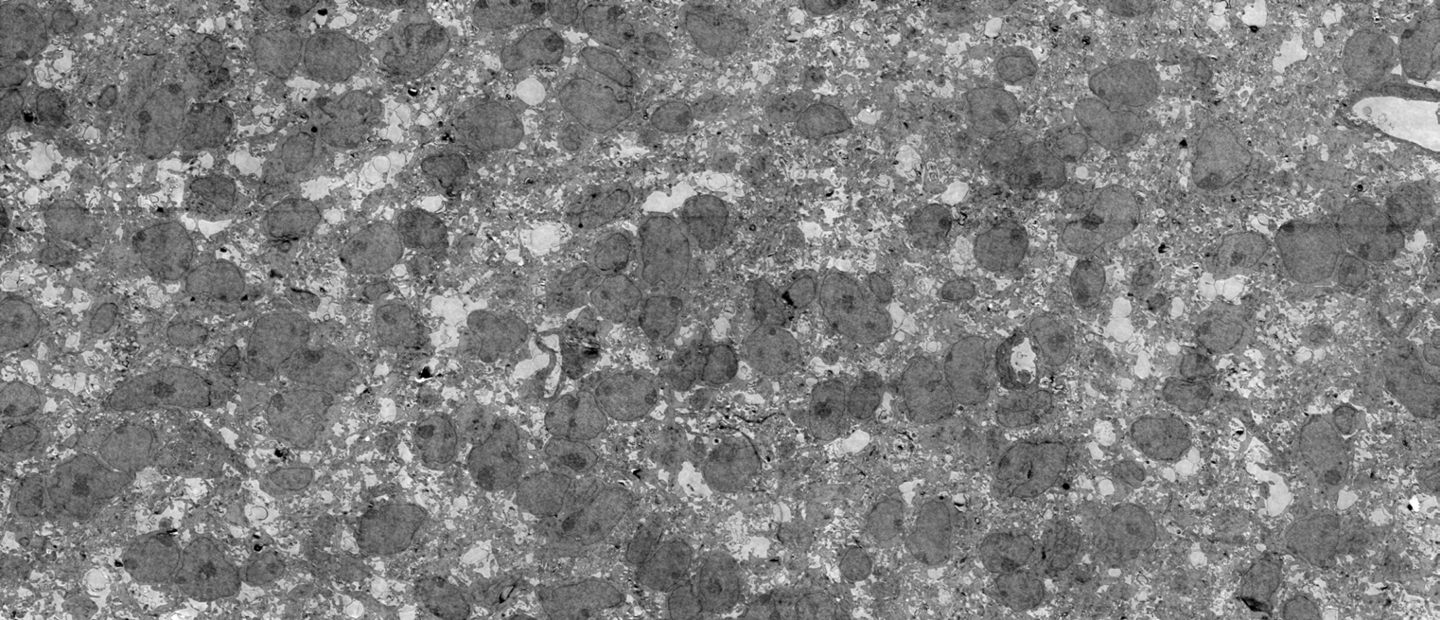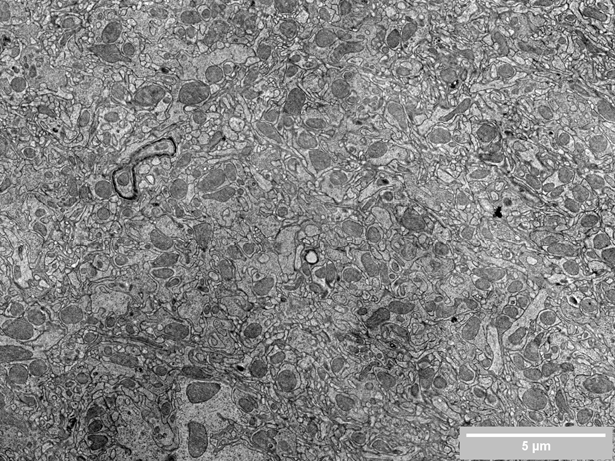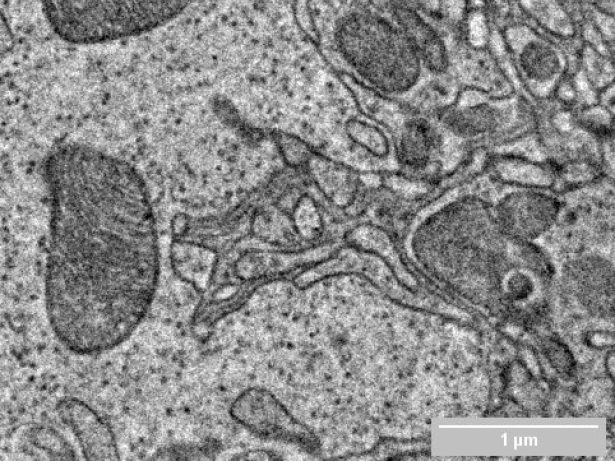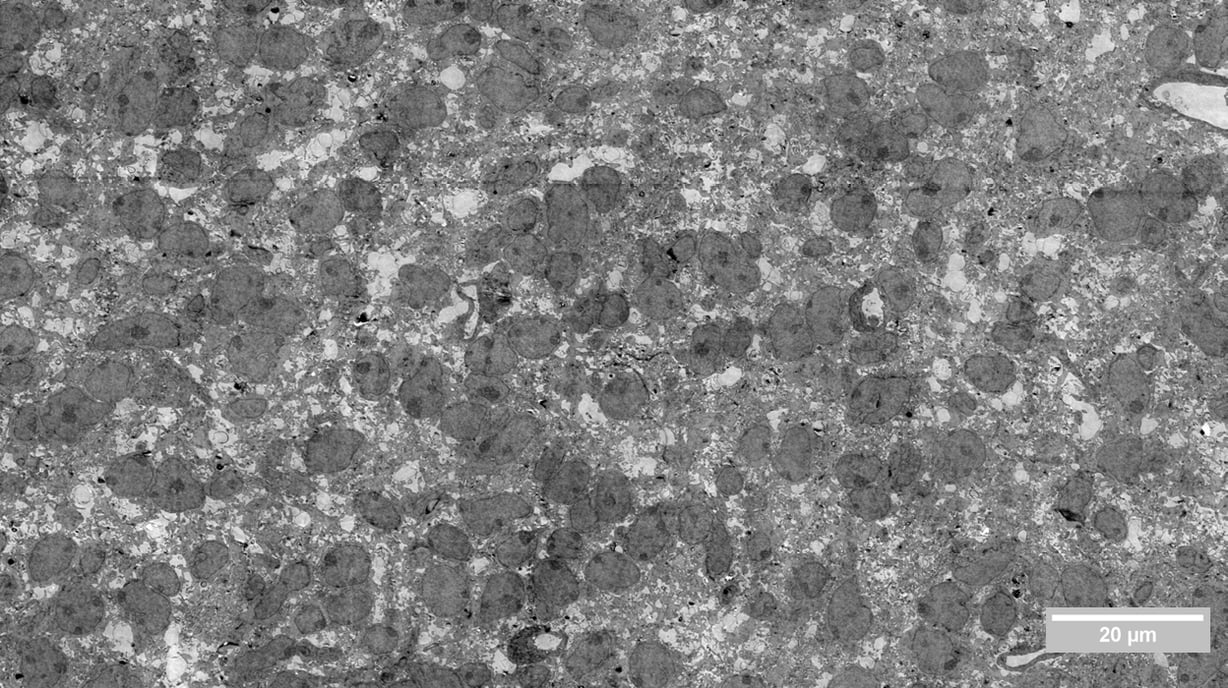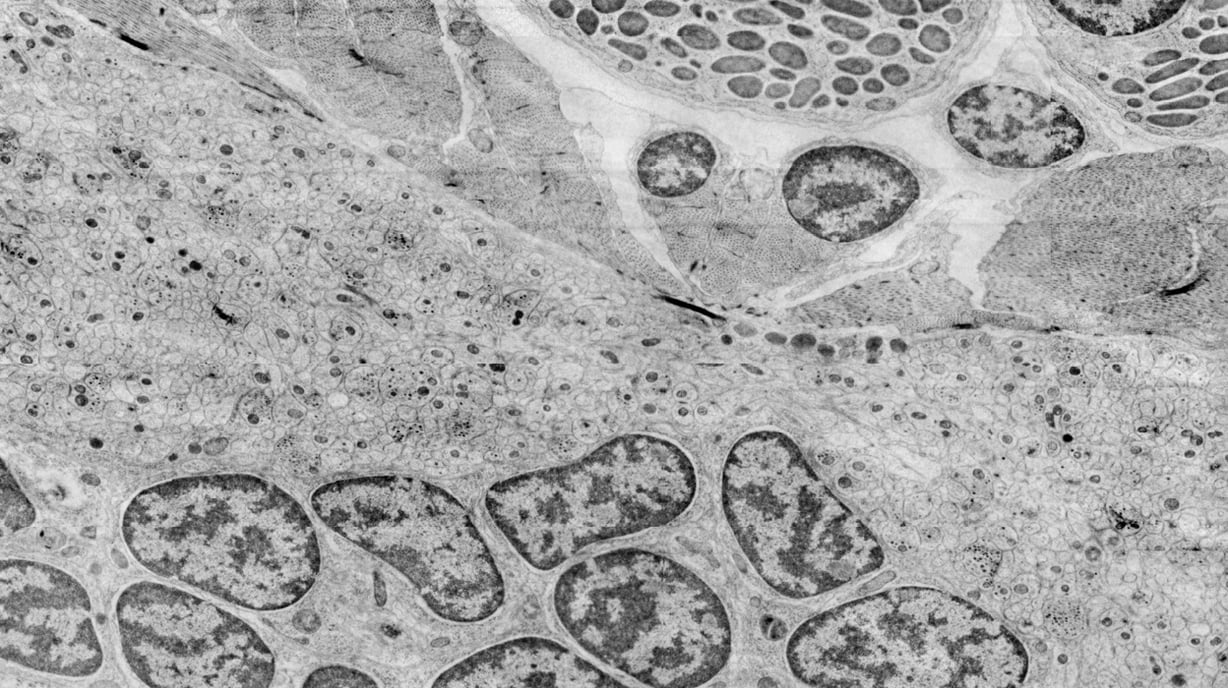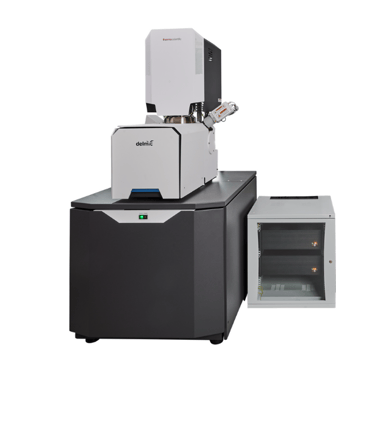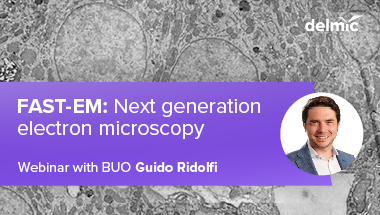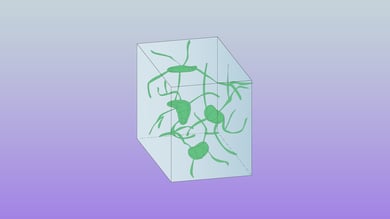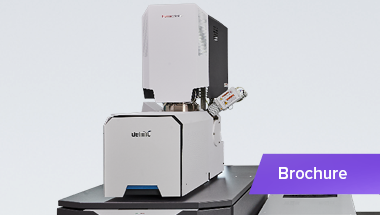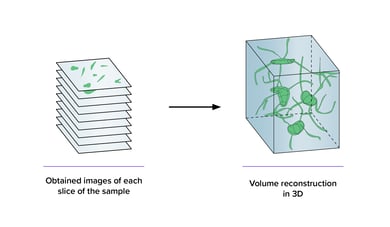Electron imaging of all the sections is probably the most limiting factor in connectomics, as the throughput of an EM defines the size of the project. The time needed to record massive datasets in volume EM can go up to weeks, months or even years. To tackle this bottleneck we developed FAST-EM, an ultra-fast multibeam electron microscope, which accelerates the data collection steps required for connectomics. FAST-EM system combines high spatial resolution with high speed and automation and it speeds up existing projects and enables projects previously unfeasible with conventional scanning EMs.
.png)




